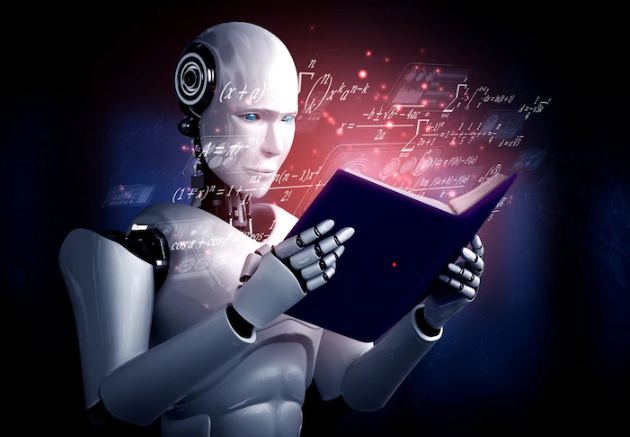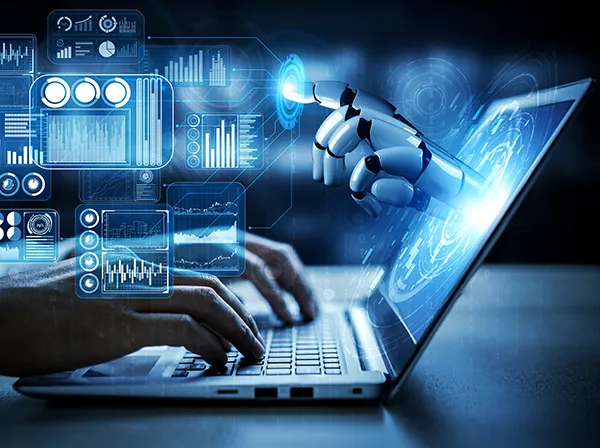Deep learning continues to evolve, driving forward a host of technological advancements and opening up new frontiers in artificial intelligence. This section delves deeper into the latest research, emerging applications, and potential future directions that could shape the landscape of AI in the coming years.
Emerging Research and Technologies
- Transformer Models and Beyond:
- Transformers: Initially designed for NLP, transformers have revolutionized various fields with their self-attention mechanisms. They are now being adapted for vision tasks, as seen in Vision Transformers (ViTs), which have shown competitive performance against CNNs.
- Sparse Transformers: These models aim to reduce the quadratic complexity of traditional transformers by employing sparse attention mechanisms, making them more efficient for large-scale tasks.
- Self-Supervised and Unsupervised Learning:
- Self-Supervised Learning: This approach creates supervision signals from the data itself, enabling models to learn useful representations without labeled data. Techniques like contrastive learning and masked language models (e.g., BERT) are at the forefront of this area.
- Unsupervised Learning: Clustering and dimensionality reduction methods are being enhanced with deep learning, allowing for more sophisticated data analysis and feature extraction without the need for labels.
- Neural-Symbolic Integration:
- This interdisciplinary research area combines the robustness of neural networks with the interpretability and reasoning capabilities of symbolic AI. The goal is to create models that can perform logical reasoning tasks while maintaining the ability to learn from data.
- Adversarial Machine Learning:
- Adversarial attacks and defenses are critical areas of research. Techniques like adversarial training and robust optimization aim to make models more resilient to perturbations and ensure their reliability in real-world applications.
Advanced Applications
- Healthcare Innovations:
- Genomics: Deep learning is being used to analyze genomic sequences, identify mutations, and understand genetic diseases. Techniques like convolutional neural networks (CNNs) and recurrent neural networks (RNNs) are applied to sequence data.
- Telemedicine: AI-driven diagnostic tools are being integrated into telemedicine platforms, providing remote diagnosis and monitoring, especially crucial during global health crises.
- Environmental Science and Climate Change:
- Climate Modeling: Deep learning models are used to predict climate patterns, analyze environmental data, and simulate climate scenarios. These models help in understanding the impact of climate change and devising mitigation strategies.
- Wildlife Conservation: AI is employed to monitor wildlife populations, track endangered species, and combat illegal poaching through automated surveillance systems and data analysis.
- Advanced Robotics:
- Industrial Automation: AI-powered robots are enhancing manufacturing processes, performing tasks like assembly, inspection, and maintenance with high precision and efficiency.
- Human-Robot Interaction: Research is focused on developing robots that can understand and respond to human emotions, making them more effective companions and assistants in various settings, from homes to healthcare facilities.
- Smart Cities and Urban Planning:
- Traffic Management: AI systems analyze traffic patterns in real-time to optimize traffic flow, reduce congestion, and improve public transportation efficiency.
- Sustainable Development: AI helps in designing energy-efficient buildings, optimizing waste management, and enhancing water resource management, contributing to the development of sustainable urban environments.
Future Directions
- AI and Neuroscience:
- Brain-Computer Interfaces (BCIs): Research is progressing towards creating seamless interfaces between the human brain and AI systems, enabling direct communication and control, which could revolutionize fields like neuroprosthetics and assistive technologies.
- Neuro-Inspired AI: Insights from neuroscience are being used to develop more efficient and adaptive AI algorithms, potentially leading to breakthroughs in general intelligence and learning capabilities.
- Explainable and Trustworthy AI:
- Model Interpretability: Developing methods to make AI decisions transparent and understandable to humans is crucial for building trust. Techniques like feature attribution, saliency maps, and counterfactual explanations are being explored.
- Fairness and Accountability: Ensuring AI systems are fair and do not discriminate against any group is essential. Research is focused on detecting biases, implementing fairness constraints, and developing ethical AI frameworks.
- Edge AI and Federated Learning:
- Edge Computing: Deploying AI models on edge devices reduces latency and bandwidth usage, enabling real-time processing for applications like autonomous vehicles, smart cameras, and IoT devices.
- Federated Learning: This approach allows for decentralized model training, preserving data privacy while leveraging collective learning from distributed datasets.
- AI in Creativity and Art:
- Generative Models: AI is being used to create art, music, and literature, pushing the boundaries of creative expression. Models like GANs and VAEs (Variational Autoencoders) are being used to generate novel content.
- Collaborative Creativity: AI systems are being developed to work alongside artists, providing tools for co-creation and enhancing human creativity.
Conclusion
Deep learning remains a dynamic and rapidly evolving field, continuously pushing the boundaries of what is possible in artificial intelligence. By exploring advanced techniques, staying updated with cutting-edge research, and addressing practical challenges, we can harness the potential of deep learning to drive innovation across various domains. The future of deep learning promises exciting advancements that will not only enhance technological capabilities but also address global challenges and improve the quality of life. As we move forward, the focus will be on creating AI systems that are ethical, interpretable, and aligned with human values, ensuring a positive impact on society.



